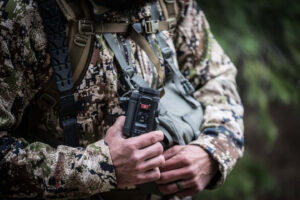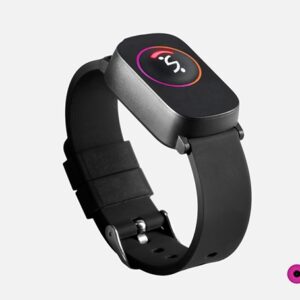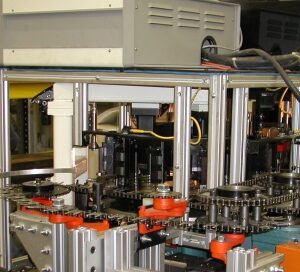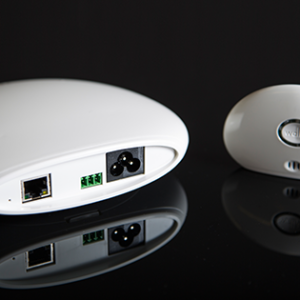
In the cloak of night, when visibility drops to near zero, the human eye struggles to make sense of its surroundings. This is where the marvel of modern technology steps in to illuminate the unseen. Thermal cameras, once the exclusive domain of military operations and high-end surveillance have now emerged as ground-breaking night vision equipment for the masses. Transforming the way we perceive the world in darkness, a thermal camera for car offers a unique glimpse into a world that was once invisible to the naked eye.
What is a Thermal Camera?
A thermal camera, also known as a thermal imaging camera, captures the heat emitted by objects to create an image based on temperature differences. Unlike traditional cameras that rely on visible light, thermal cameras can “see” thermal energy or infrared radiation, which is invisible to the human eye. This capability allows them to produce clear images in complete darkness, through smoke, and in adverse weather conditions, making them incredibly versatile.
How Do Thermal Cameras Work as Night Vision Equipment?
Thermal cameras work by detecting and measuring the infrared radiation from objects, converting it into an electronic signal, which is then processed to form a thermal image on a screen. These images represent temperature variations of the scene, with warmer areas appearing brighter and cooler areas darker. This makes it possible to see in total darkness, or through obstructions like smoke and fog, which are impenetrable to the naked eye and standard optical cameras.
Applications Beyond the Dark
The use of thermal cameras extends far beyond just night vision. They are invaluable tools in various fields such as:
- Security and Surveillance: Enhancing security systems by providing clear images regardless of light conditions.
- Search and Rescue Operations: Locating individuals in darkness, smoke, or obscured terrains.
- Wildlife Observation: Studying nocturnal animal behaviour without disturbing them.
- Building Inspections: Identifying heat leaks, moisture intrusion, and electrical faults that are not visible.
- Industrial Maintenance: Monitoring and diagnosing mechanical and electrical equipment to predict failures before they occur.
The Future is Bright, Even in the Dark
As technology advances, thermal cameras are becoming more accessible and affordable to the general public. This democratisation of thermal imaging technology opens up a plethora of opportunities for creative and practical applications. From enhancing personal security to exploring the natural world after dark, a thermal camera for car equips us with the ability to see the invisible, transforming how we interact with our environment at night.





